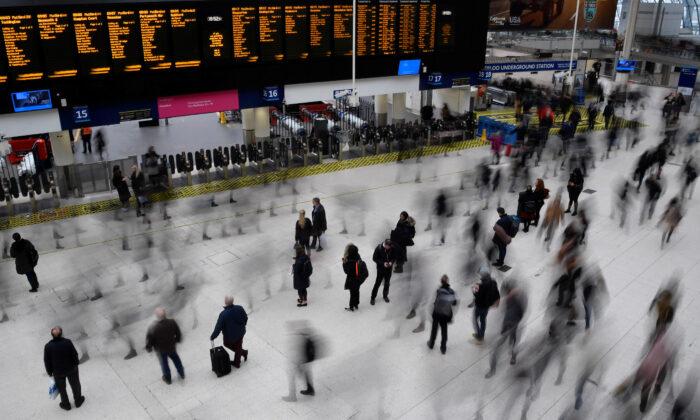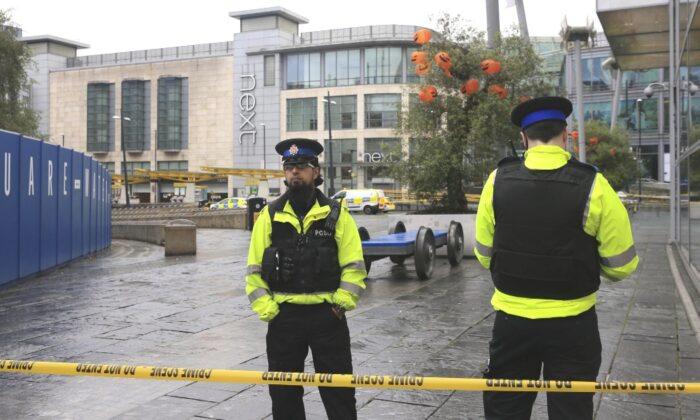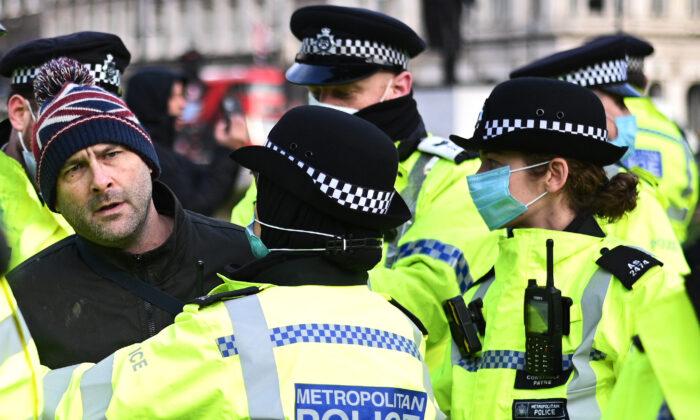The fraudulent claims were by non-existent businesses as well as employers exaggerating claims or claiming for furloughed staff while making them go to work, the NAO said.
It praised the treasury and Her Majesty’s Revenue and Customs (HMRC) for the prompt roll-out of support schemes for employees and the self-employed in March.
The NOA said, however, that the speed of deployment prevented proper testing of the measures and had likely allowed the criminal exploitation of the schemes.
Fraud and Error
It said in September it had estimated that fraud and error on the furlough scheme could have ranged from 5 percent to 10 percent of claims totalling £39.3 billion. It also said that fraud on the first round of the self-employed scheme could have ranged from 1 to 2 percent.It said however that it will not know the exact scale of the fraud until the end of next year at the earliest.
The NAO said the government’s Coronavirus Job Retention Scheme (CJRS) and the Self-Employment Income Support Scheme (SEISS) in March had been user friendly.
It said support under the schemes had been “relatively straightforward to apply for.”
It added that payments had got to successful claimants quickly.
Furlough Scheme Hardest Hit
Gareth Davies, the head of the NAO said the furlough scheme had been the hardest hit by the fraud.“It appears that the scale of fraud and error could be considerable, particularly for the furlough scheme,” he said.
“HMRC could have done more to make clear to employees whether their employer was part of the furlough scheme,” he added.
For a future Job Support Scheme, the government will publish the names of those employers making claims and notify employees through their tax accounts.
The NAO said the long-term impact of the support schemes which are predicted by the Office for Budget Responsibility (OBR) to have eventually cost almost £70 billion ($ 91.4 billion) will depend on “wider financial support and the ongoing impact of COVID-19.”





